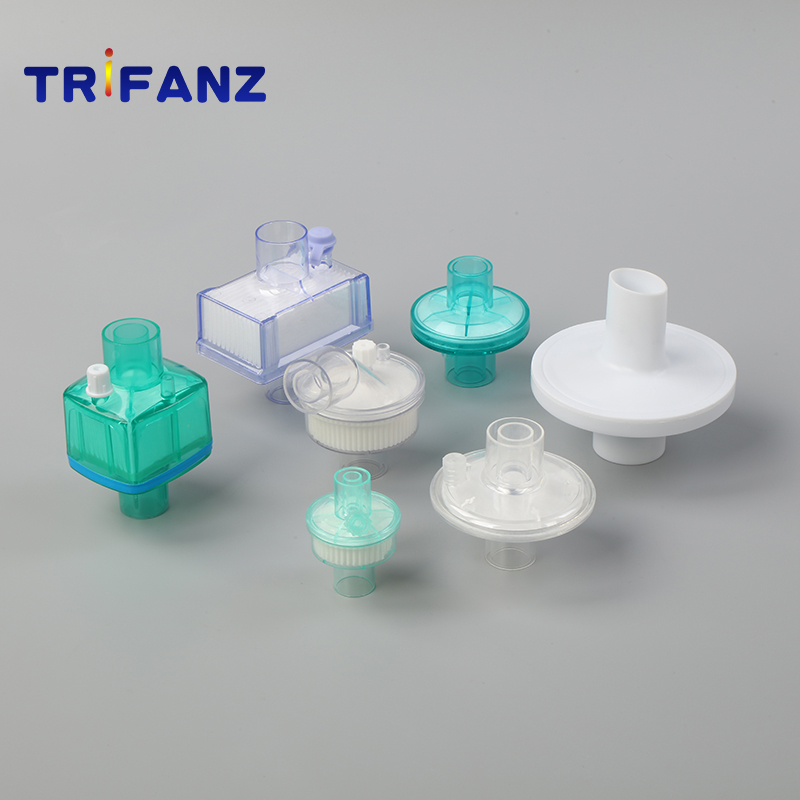1. Pay attention to the product type of fat. In the practical application of fat-fed cattle, short-chain fatty acids in protective fatty products should be selected so that they are well absorbed and have high utilization rates. At the same time to choose unsaturated fatty acids, which is easier to absorb than saturated fatty acids.
2. Note that adding time is appropriate. Post-calving dairy cows consume a lot of energy, and the addition of fat itself is also a stress. Therefore, it is not advisable for dairy cows to be added in the short term after delivery. It can be added 3–5 weeks after childbirth. After the addition, the stress will be less affected, and the milk production will temporarily decrease, but the milk production will increase later. The addition of fat is especially effective during the hot and lactating seasons, and it can prolong the peak period of milk production and increase milk production throughout the lactation period. However, it is not necessary to use protective fats until the late lactation period.
3. The composition of the diet should be reasonable. In order to give full play to the effect of adding fat, attention should be paid to feeding high-quality hay, so that the amount of fiber meets the requirements, and the rumen promotes more production of acid, so as to fully exert the effect of fat, and milk yield and milk fat percentage of dairy cows can be significantly improved. The content of dry matter crude fiber in the diet should be at 17%, the acid washing fiber should be 21%, and the content of crude protein in the diet should be increased; if the dietary calcium content is normal, it should be increased by 0.1%-0.2%. The magnesium content is maintained at 0.25%-0.30%. Should also consider appropriate increase in dietary ruminal degradability protein and ruminal protein content, in order to maintain milk protein levels, not because of increased milk production and decreased.
4. Pay attention to feeding additives. Add 6-12 grams of niacin, 10 grams of rumen-protected methionine or 20-30 grams of rumen-lysine per day, or supplement 20-30 grams of rumen-pass choline per day, supplemented with rumen-protected fat. This has a significant synergistic effect on increasing milk production, milk fat percentage and milk protein levels, reducing metabolic diseases and improving reproductive performance.
5. To distinguish the applicable object. Feeding protective fats is suitable for high and middle-producing dairy cows, and it is not suitable for low-yielding dairy cows, and the effect is not good. If the average milk yield of the herd is less than 25.5 kg, no additional fat or oil is required. If the amount of lactation exceeds this value, fat may be added to increase the energy concentration of the diet and meet its production needs. At the same time, the effect is better when the milk fat percentage is less than 3.5%; when the milk fat percentage is higher than 3.5%, the effect of adding is not obvious.
6. Feeding fat should be gradual. Both the use and disuse of rumen-protected fat in diets require a gradual transition, so that cows have time to adjust feed intake and rumen microflora. Gradually increasing fat intake can also avoid the problem of poor palatability. In the production, it is generally fed in three stages, that is, the total amount used after 3 to 4 weeks, which does not significantly affect the palatability of dairy cows.
In short, when adding fat, we must fully consider the physiological characteristics and production levels of dairy cows, properly coordinate the amount of additives, the characteristics of rumen protected fat products, feeding and management and other factors, in order to further improve the performance of dairy cows, and to explore the milk production potential of dairy cows. For maximum economic benefits.
Breathing filters provide an effective barrier that prevent cross contamination between patients, breathing systems, respiratory and anaesthetic equipment, and the clinical environment. They are widely used across the hospital particularly in the operating theatre, critical care, lung function units, and respiratory care units.
We offer a wide and comprehensive choice of breathing filters with a variety of filtration efficiencies, sizes, volumes and shapes to ensure maximum customer choice. We provide both electrostatic and pleated mechanical filters, with a range of patient connections, providing a choice of products to meet the majority of clinical situations. Such as moisture exchange filter, tracheostomy breathing filter, hepa air filter, bacterial & virus filter, spirometry filter, etc.

Breathing Filters,Breathing Valve Filter,Hepa Air Filter,Spirometry Filter
Hangzhou Trifanz Medical Device Co., Ltd , https://www.cfzmeds.com